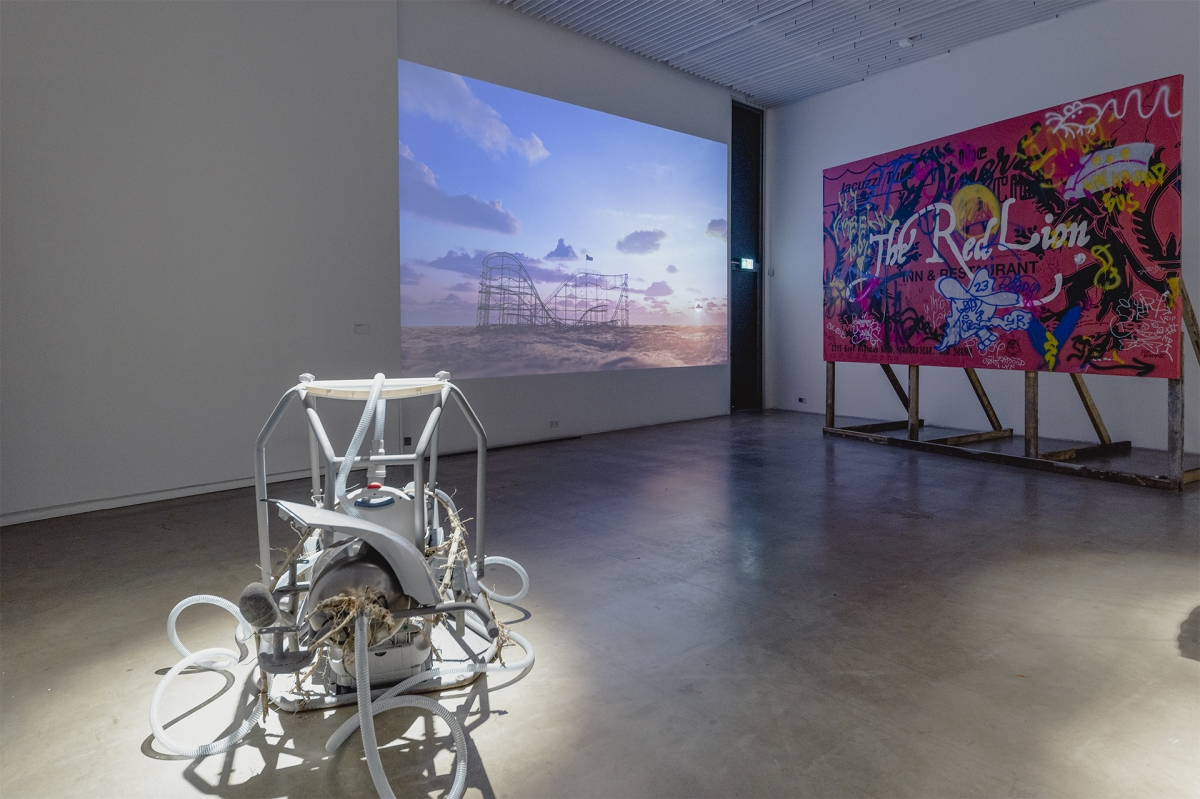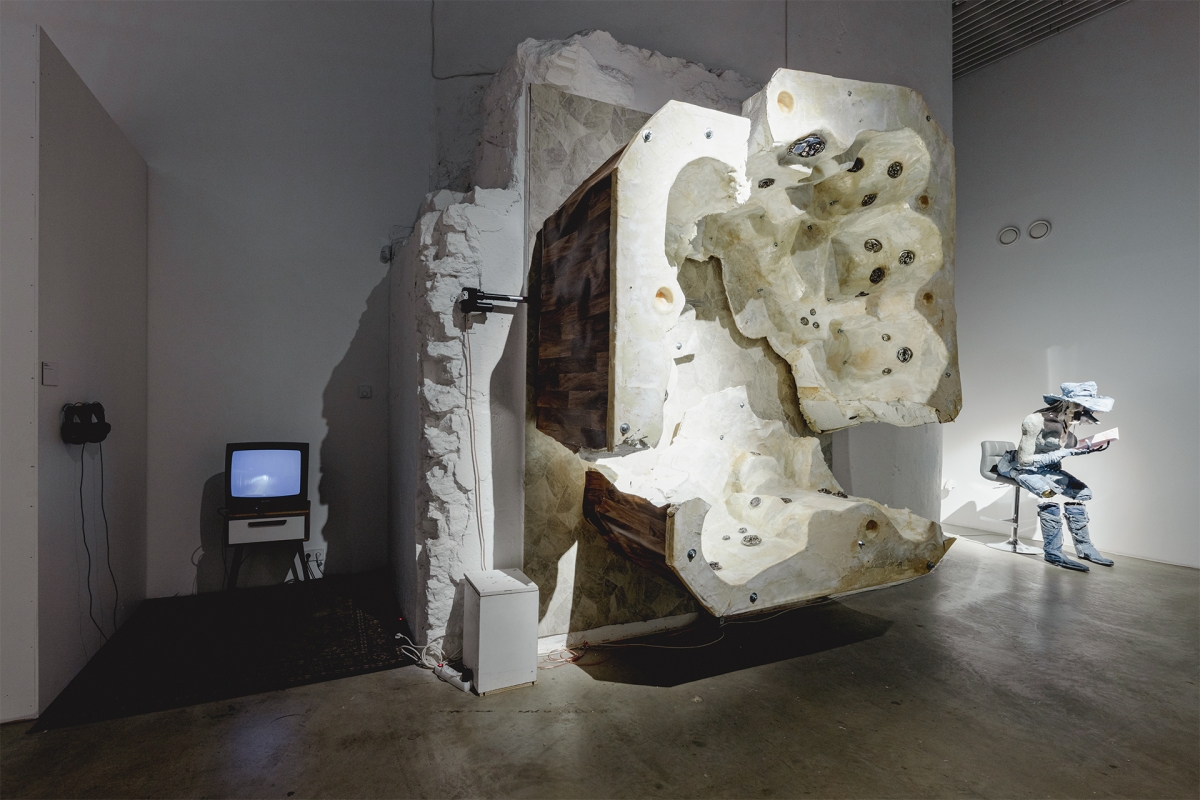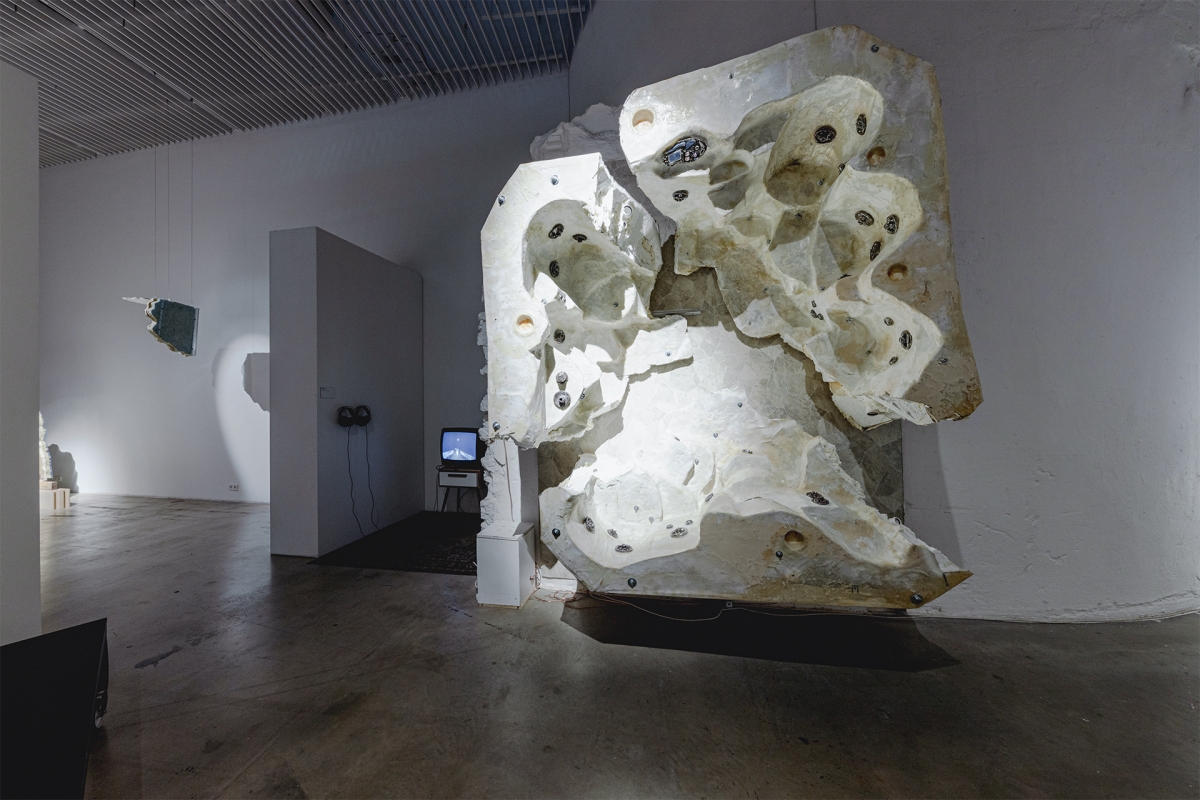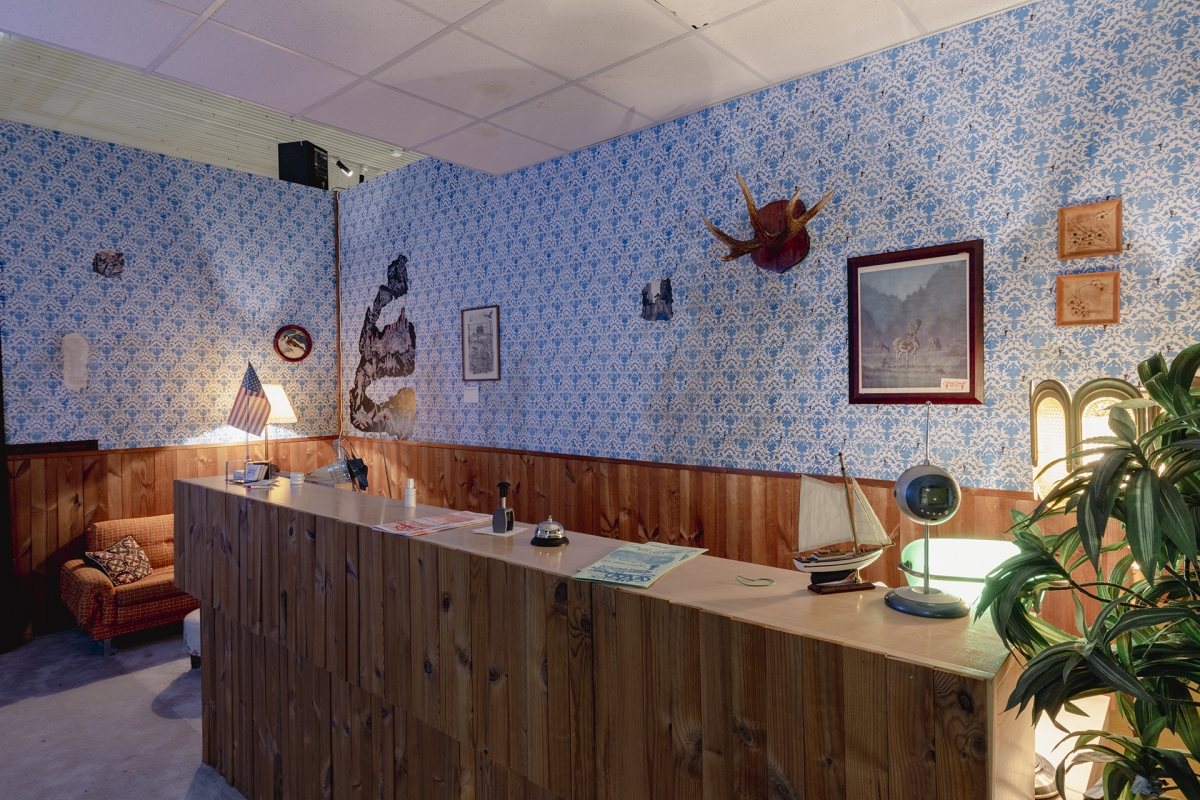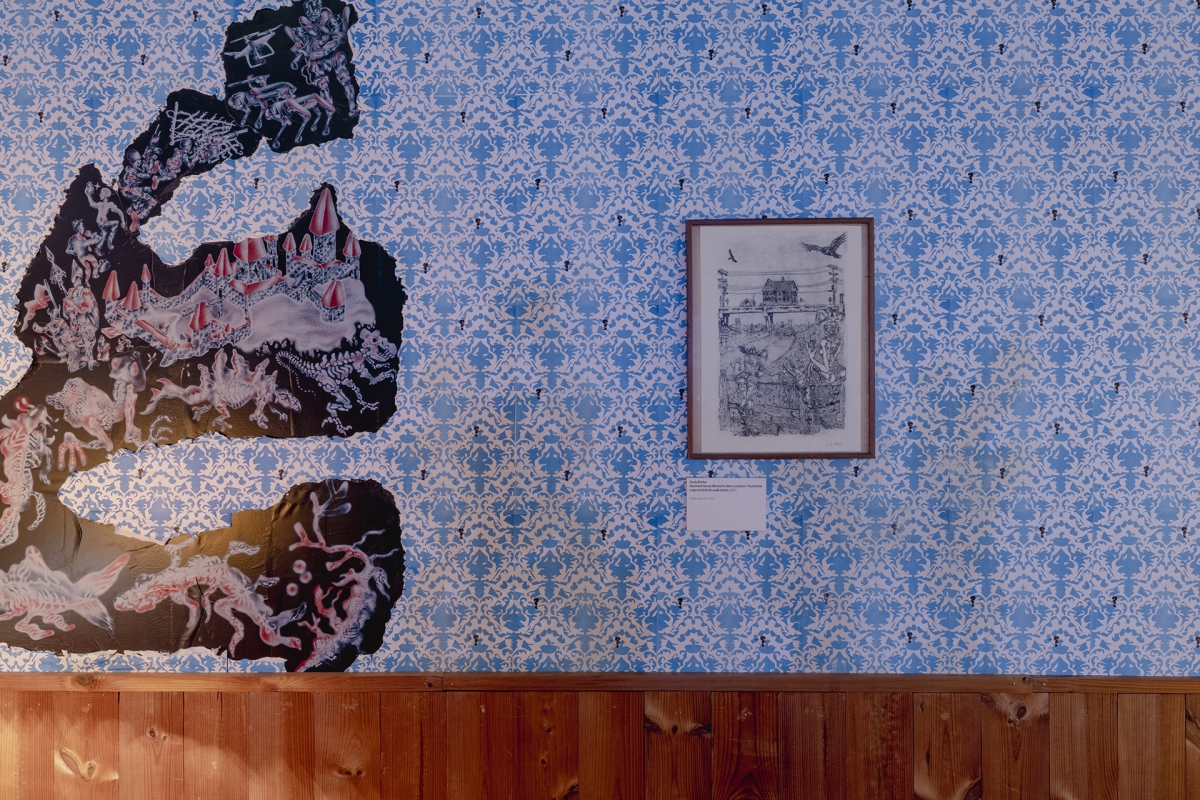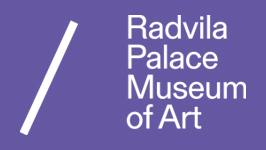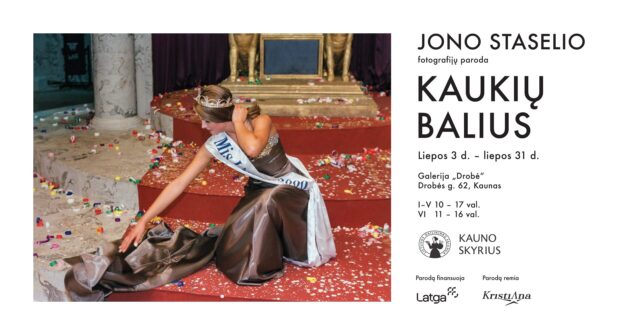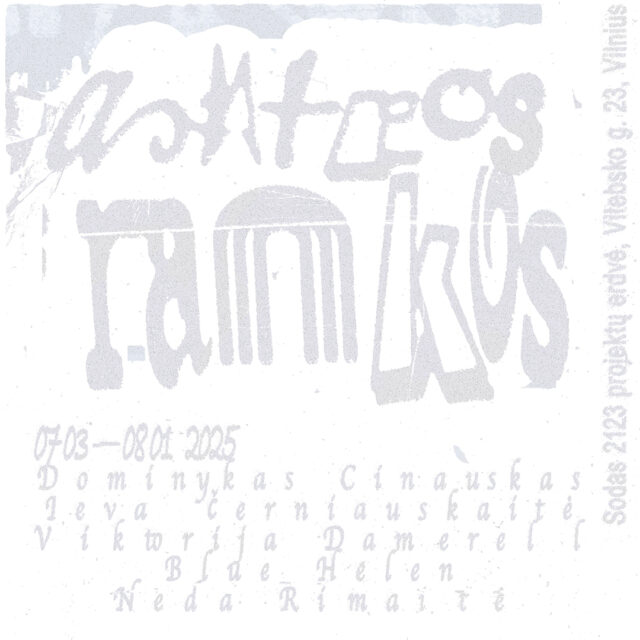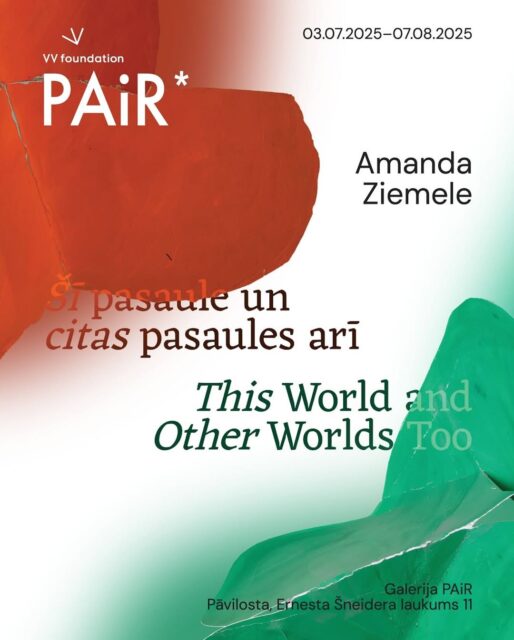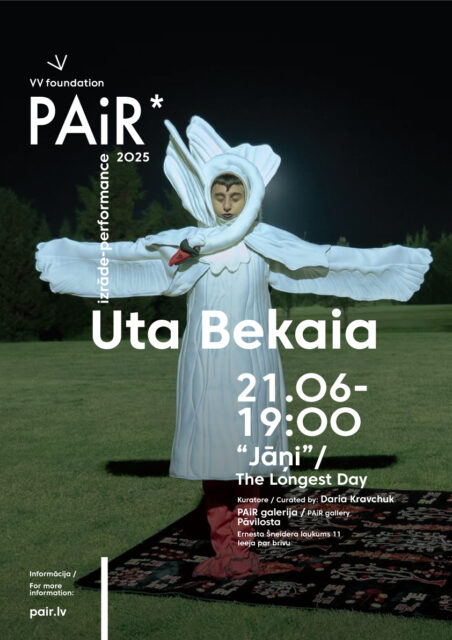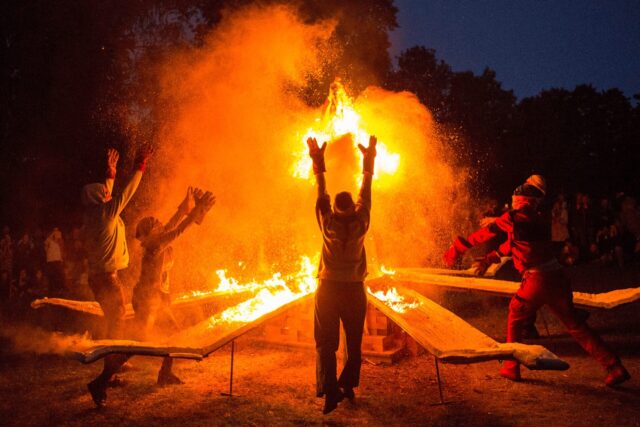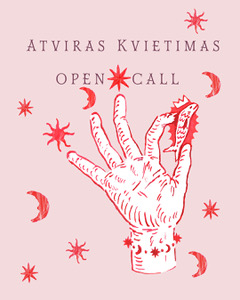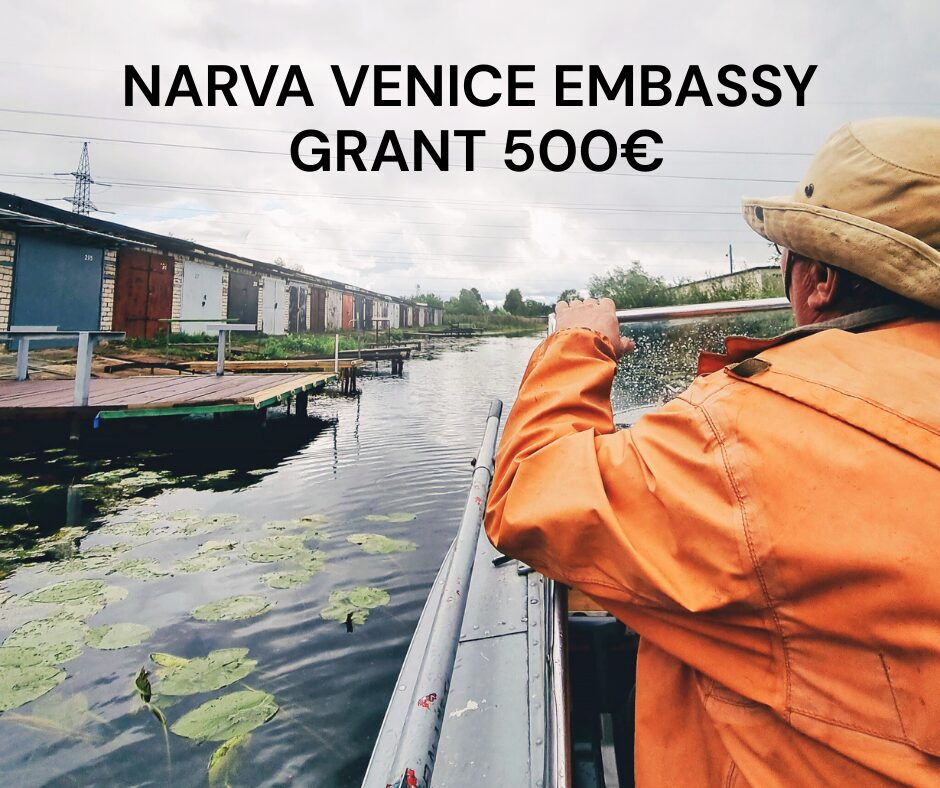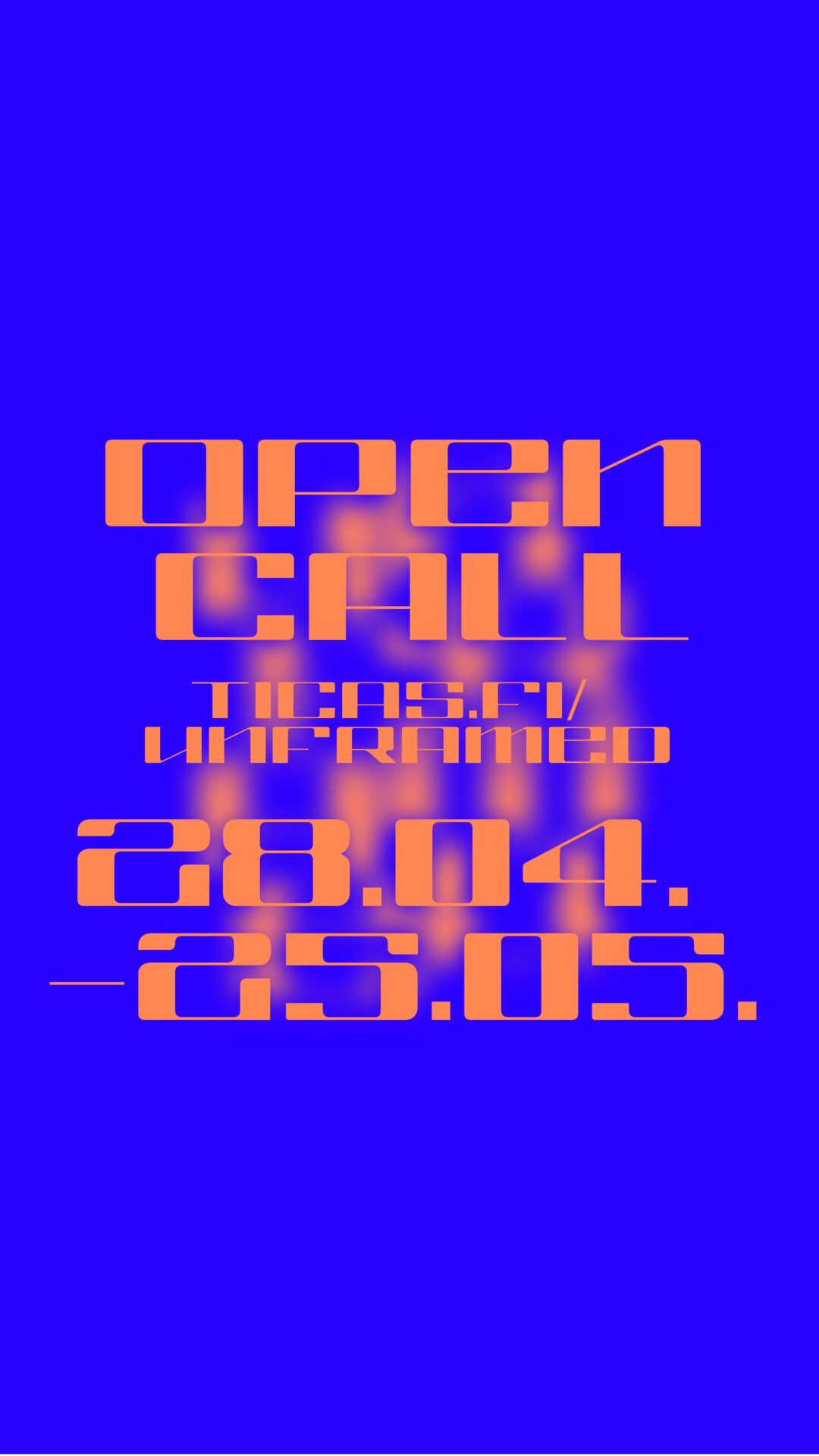The phrase ‘to run the gauntlet’ describes an old military practice where a soldier was disciplined by being led past a row of men hitting them with clubs. Although the visitor at EKA Gallery is not treated to quite the same level of pleasantries, a feeling of uneasiness is never far off.
‘Entropy Gauntlet’ depicts the underbelly of beloved Americana but also projects it into our future, defined by the climate crisis. Accompanied by the notion of solastalgia, a feeling of doom and vacuity in the face of environmental change, we are led through rooms that depict the world having succumbed to an ongoing man-made climactic calamity headed by the United States.
The artists have truly gone above and beyond criticising the United States without reservations. Such open condemnation is rare in Estonia, especially in the political situation we live in.
Upon entering, we encounter the typically American setting of a roadside motel’s front desk and all the paraphernalia associated with it. The structure is at once a monument to the wealth and power of the North American giant and the constant sense of crisis it inspires. The motel is clearly an older setting, with furniture and style harking back to the seventies and eighties. Even though their quality leaves much to be desired, they nevertheless offer an opportunity to pass the night using all the amenities of modern life.
It is best put by the motel’s business card found on the counter, saying: “ENTROPY GAUNTLET MOTEL: IT’S NOT THAT BAD.” It is a seemingly weak advertisement, but one that conveys just enough information for you to conclude that there is no alternative. Though you have all you need, you also know that it is shared with past and future visitors. So, a truly American statement is drawn for you: sharing prosperity is bad.
Openly admitting the impossibility of quality shared experiences is putting the world in a squeeze. The only way left to achieve US levels of prosperity is to emulate it locally, essentially by having to simulate the American way of life. Divvying up the communal spaces, natural resources, communities etc. into smaller bite-size pieces that can be easily managed, i.e., exploited for profit. The expected result of this movement is depletion of resources, atomised subjects that compete for diminishing results and ecosystems that bear the brunt of increased pollution and expanded human activity, which further exacerbates the derelict conditions of most of humanity down the line.
The exhibition presents a roller coaster (called “American Mountains” in Estonian and several other Eastern European languages), with the stars and stripes flying off a humongous flag pole towering above the structure, itself half submerged in the stormy sea. A world defeated by rising sea levels still manages to barely damage the economic and political framework that led to its demise.
Another aspect of “Entropy Gauntlet” that immediately strikes the eye is the overall feel of a video game setting. Those who have played “Fallout New Vegas”, or any other iteration of the series get the feeling of the gallery being lived in and familiar. The whole space gives off a certain post-apocalyptic ambience. The stylised sci-fi book illustration-like drawings protruding through the wallpaper, the sound design, the hypersexualised digital images on the walls and the lighting all testify to a world that has fallen but has done so with panache. The old Žižek joke of God being a bad game developer comes to mind, where he compares our ontologically incomplete world to a video game that can’t render the whole game and depicts the irrelevant details as mere facades. Entropy Gauntlet Motel exposes the incomplete nature of the American universe, its past and future, by deconstructing stereotypical elements of the culture while maintaining its air of superiority.
The pieces and whole corners of a motel room wall hung from the ceiling are rather an element of imaginary America than an actual real experience of it. We do not see the whole room, but that doesn’t stop us from imagining it. We are not technically bound to behave in the non-existent space as we do in a room, though we act as we are nonetheless. The space is still cut off from the rest of the world, the walls offer refuge and help to create our own little bubble to rule over. Even if the walls are laid bare and shown to be nothing else than thin layers of paper, plywood and foam that can’t possibly separate oneself from the realities of a heating planet, the mind continues to regard the illusion as reality. The deconstructed walls and amenities are the pixels of the American way of life.
‘Entropy Gauntlet’ steers clear of tendentious anti-Americanism by hiding a piece of the real world within fantasy. Just like an actor employing Stanislavski’s system, filling the lacunae of fiction with personal experiences, the motel is grounded in a house that really existed. There is a written story placed among the props: the story of a house bought by Zody Burke’s family in the 1960s. Old family photos and memories of a beach house and happy summers spent there during the course of several generations reshape the entire exhibition. The lives of whole generations spent embodying the American dream give weight to the realisation that it has been, is and probably will continue on to be in the foreseeable future a perpetual simulacrum. The victims of our civilisation’s perceptible downfall are given a face and a voice but they offer no answers as to why this is happening to us.
Climate change will spare no one and will destroy even the toughest of structures, systems and ideas. Somehow, we will still be blind to it when it eventually happens.
Photography: Tanja Muravskaja

